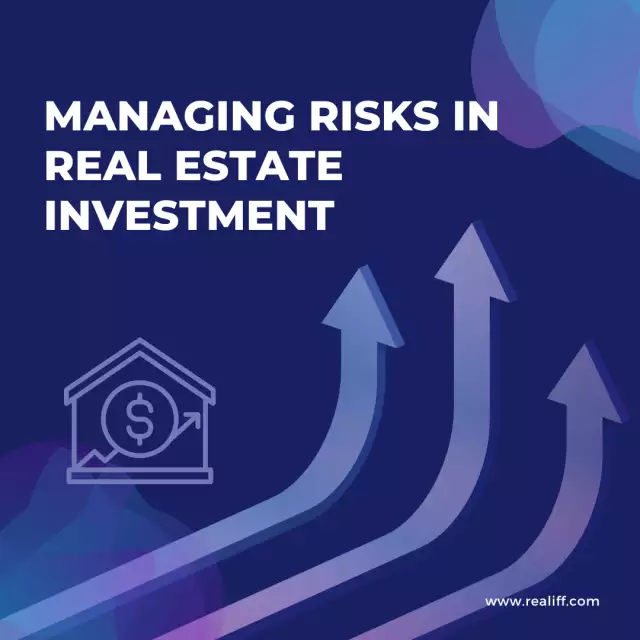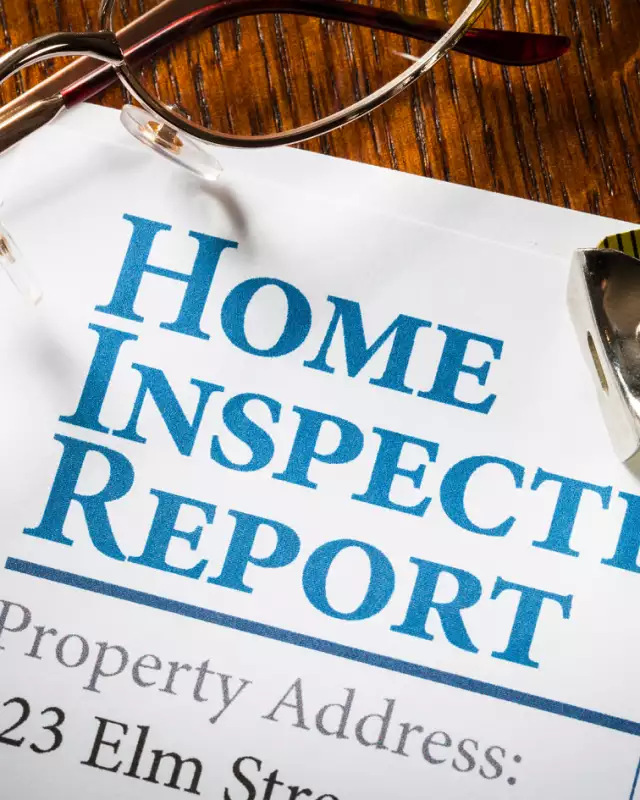Managing Risks in Real Estate Investment: The Importance of Thorough Risk Analysis
Managing Risks in Real Estate Investment: The Importance of Thorough Risk Analysis
Real estate investmentcan be a highly lucrative venture, but it is not without its risks. Risk analysis is a crucial part of any real estate investment strategy, as it can help investors identify potential risks and take steps to mitigate them. In this article, we will explore the concept of risk analysis in real estate, and provide an in-depth guide to conducting a thorough risk analysis for any real estate investment opportunity.
What is Risk Analysis?
Risk analysis is the process of identifying potential risks and analyzing their impact on a project or investment. In the context of real estate, risk analysis involves assessing the potential risks and uncertainties associated with a property or development project, and determining the likelihood and potential impact of these risks on the investment.
The goal of risk analysis in real estate is to identify potential risks and determine whether the potential rewards of an investment outweigh the potential risks. By conducting a thorough risk analysis, investors can make informed decisions about whether to proceed with an investment opportunity and take steps to mitigate potential risks.
Types of Risks in Real Estate
There are several types of risks associated with real estate investment, including:
Market Risk:Market risk refers to the risk of fluctuations in the real estate market, such as changes in supply and demand, interest rates, and economic conditions. Market risk can impact the value of a property, as well as the potential return on investment.
Financial Risk:Financial risk refers to the risk associated with financing a real estate investment, such as the risk of defaulting on a loan, or the risk of interest rate increases.
Operational Risk:Operational risk refers to the risk of unexpected events or circumstances that can impact the operation of a property, such as equipment failures, natural disasters, and tenant turnover.
Legal and Regulatory Risk:Legal and regulatory risk refers to the risk of legal disputes, regulatory changes, and compliance issues. This type of risk can be particularly relevant for developers and property managers.
Reputational Risk:Reputational risk refers to the risk of damage to an investor's reputation, such as negative press coverage, lawsuits, or scandals associated with a property or investment.
Conducting a Risk Analysis
A thorough risk analysis involves several steps, including:
- Identify Potential Risks:The first step in conducting a risk analysis is to identify potential risks associated with a real estate investment. This can be done through research and due diligence, as well as by consulting with experts in the industry.
- Determine the Likelihood of Risks:Once potential risks have been identified, the next step is to determine the likelihood of each risk occurring. This can be done by analyzing historical data and trends, as well as by consulting with experts in the industry.
- Assess the Potential Impact of Risks:After determining the likelihood of each risk, the next step is to assess the potential impact of each risk on the investment. This can be done by analyzing the potential financial impact of each risk, as well as the impact on the overall success of the investment.
- Develop a Risk Mitigation Plan:Once potential risks have been identified, and their likelihood and potential impact have been assessed, the next step is to develop a risk mitigation plan. This plan should outline the steps that will be taken to mitigate each risk, as well as the resources and budget required to implement the plan.
- Monitor and Evaluate Risks:Finally, it is important to monitor and evaluate risks throughout the investment process. This involves regularly reviewing and updating the risk mitigation plan, as well as monitoring the real estate market and industry trends for any new risks that may emerge.
Tools and Techniques for Risk Analysis
There are several tools and techniques that can be used to conduct a thorough risk analysis in real estate, including:
SWOT Analysis:SWOT analysis is a strategic planning tool that can be used to identify and analyze strengths, weaknesses, opportunities, and threats associated with a real estate investment opportunity. By identifying and analyzing these factors, investors can develop a better understanding of the potential risks and opportunities associated with the investment.
Market Analysis:Market analysis involves analyzing the real estate market in which an investment opportunity is located. This can include analyzing supply and demand, vacancy rates, rental rates, and economic conditions in the area. By analyzing the market, investors can determine the potential risks and rewards associated with an investment opportunity.
Financial Analysis:Financial analysis involves analyzing the financial performance of a real estate investment opportunity, including cash flow, return on investment, and potential risks associated with financing the investment. By conducting a thorough financial analysis, investors can determine whether an investment opportunity is financially viable and develop a plan to mitigate potential financial risks.
Scenario Analysis:Scenario analysis involves analyzing multiple potential outcomes of an investment opportunity based on different scenarios. By analyzing multiple potential scenarios, investors can develop a better understanding of the potential risks and rewards associated with an investment opportunity and develop a risk mitigation plan that takes into account multiple potential outcomes.
Conclusion
In conclusion, risk analysis is a crucial part of any real estate investment strategy. By conducting a thorough risk analysis, investors can identify potential risks and develop a plan to mitigate those risks. This can help investors make informed decisions about whether to proceed with an investment opportunity and can help ensure the long-term success of their real estate investments.
When conducting a risk analysis, it is important to identify potential risks, determine the likelihood and potential impact of those risks, develop a risk mitigation plan, and regularly monitor and evaluate risks throughout the investment process. There are several tools and techniques that can be used to conduct a thorough risk analysis, including SWOT analysis, market analysis, financial analysis, and scenario analysis.
Ultimately, conducting a thorough risk analysis can help investors make informed decisions about real estate investment opportunities and can help ensure the long-term success of their investments.








